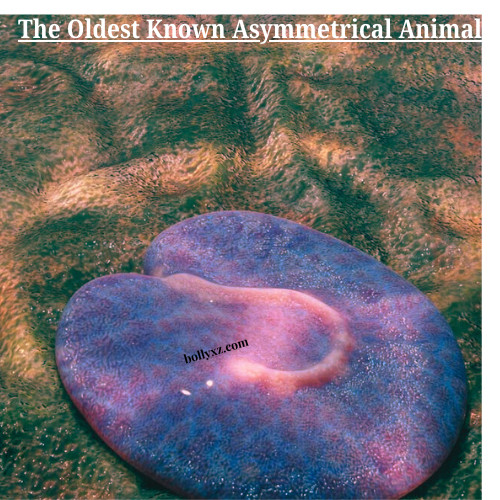What makes Quaestio especially remarkable is the unusual “inverted question mark” shaped structure on its back, making it the oldest known creature to display consistent asymmetry in its body design.
The Eldest Asymmetrical Animal
Scientists have discovered fossils of a 555-million-year-old creature, Quaestio simpsonorum, in South Australia’s Nilpena Ediacara National Park, revealing the oldest example of an asymmetrical body pattern in animals. This tiny, ancient marine organism, which moved across the ocean floor like a “marine Roomba,” feeding on microscopic algae and bacteria, represents an important milestone in the evolution of complex life.
What makes Quaestio especially remarkable is the unusual “inverted question mark” shaped structure on its back, making it the oldest known creature to display consistent asymmetry in its body design. Because of this, asymmetry presumably plays an indispensable role in the evolution of more complex organisms using differentiated elements within the body. In humans, for example, the asymmetric heart and liver may be assigned laterality within the abdominal cavity, permitting greater functional complexity.
The fossils have been unearthed at Nilpena, a site known for providing some of the oldest known documents of complex life. Despite many years of excavating fossils at this location, nothing like Quaestio has ever been found before.
Evidence of its ability to transport itself also excited researchers. The fossilized tracks found in the back of one of the specimens fit into the context of Quaestio’s possibly having swum over the ocean floor, grazing for food along the way. The movement here, coupled with asymmetry, suggests the evolution that occurred during the Ediacaran era and, further, before the larger Cambrian explosion of a larger life of animals.

